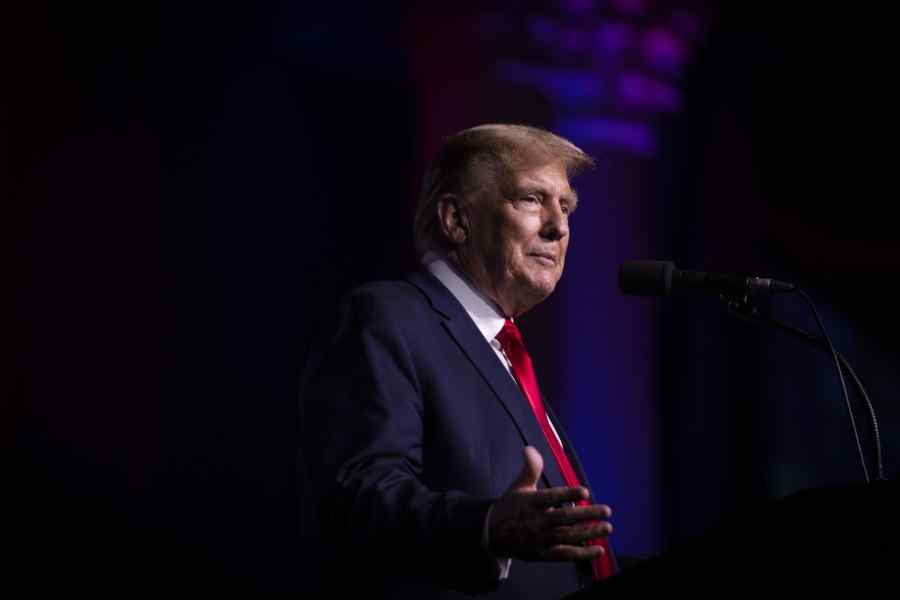The Modi government is expected to table its first supplementary demand for grants for fertiliser, food and fuel subsidies along with the rural employment guarantee scheme.
The increased allocation — the demand will be tabled in the Winter Session of Parliament which starts next week — would not result in any significant net outflow of cash, with limited impact on fiscal deficit.
If any new schemes are announced in the run-up to the parliamentary elections, the actual outgo would happen once they become fully operational — thus, the impact on the total expenditure this year is not expected to be material on this count.
“Some funds provided for subsidy and rural employment guarantee scheme through contingency fund with the condition that they will be regularlised through parliamentary process….since the Lok Sabha is meeting would be placed for approval,” finance ministry officials said.
Officials were confident the government will meet the fiscal deficit target of 5.9 per cent of GDP for the fiscal amid a slowdown in nominal GDP growth.
While revenue collections have remained robust so far, persistent deflation in the wholesale price index is expected to keep nominal GDP depressed in 2023-24, well below the 10.5 per cent target set in the budget.
“The net cash outgo in the supplementary demand for grants would be modest, offset by savings in various departments.
“Moreover, tax revenues may overshoot the budgeted level, helping to prevent a material slippage in the fiscal deficit,” Aditi Nayar, chief economist, Icra, said.
“We do not expect any net impact on the headline fiscal deficit ratio. We expect the
finance ministry to use surplus non-tax revenue, internal savings and expenditure rationalisation in the fourth quarter to offset any slippage to the headline fiscal deficit ratio,” Vivek Kumar, economist, QuantEco Research, said.
Officials said: “We are seeing quite a bit of rejigging of provisions. They will be based on the discussions on revised estimates with the departments, which have been completed. We do not foresee a major cash outflow.”
After considering the additional costs towards the free foodgrains scheme under the National Food Security Act (NFSA) for January-March 2024 — part of the five-year extension announced by the Centre — the subsidy outgo will go up Rs 30,000 crore to Rs 40,000 crore, Icra said.
The government has raised the subsidy on LPG by Rs 100 per cylinder, a hike of around Rs 9,500 crore.
The higher subsidy on P&K fertiliser announced in October will lead to an additional expenditure of Rs 15,000 crore to Rs 20,000 crore.
The amount spent on NREGA so far already exceeds the budgetary allocation. Icra estimates an additional allocation of Rs 25,000 crore to Rs 30,000 crore.
This translates to an additional spending of Rs 0.8-1.0 trillion.
However, this sum could be matched by expenditure savings, which have ranged an estimated Rs 1.1-2.3 trillion in recent years, Nayar said.










